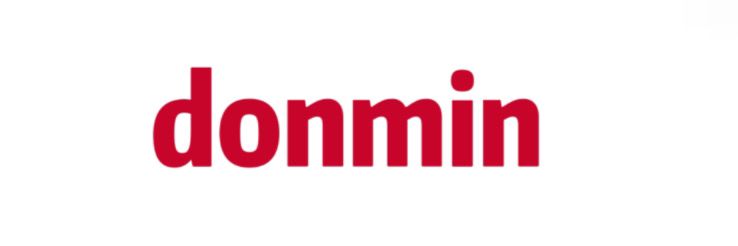Key Considerations for Choosing Flanged Flexible Metal Hoses
When it comes to industrial applications, the choice of connectors can significantly impact the efficiency and durability of a system. One popular option is the flanged flexible metal hose, known for its versatility and reliability in various environments. However, selecting the right flanged flexible metal hose requires careful consideration of several factors.
For more information, please visit Flanged Flexible Metal Hose.
Understanding Flanged Flexible Metal Hoses
Flanged flexible metal hoses are designed to provide a secure yet flexible connection in piping systems. They are particularly useful in applications where there are movement, vibrations, or thermal expansions involved. Their construction typically includes a metal inner core that is surrounded by a flexible exterior, making them robust against pressure changes while maintaining flexibility.
Material Selection for Durability
Choosing the right material for a flanged flexible metal hose is crucial for its performance. Common materials include:
- Stainless Steel: Corrosion-resistant and suitable for most environments.
- Carbon Steel: Cost-effective but may require protective coatings to prevent corrosion.
- Alloy Materials: Ideal for high-temperature and high-pressure applications.
Considerations:
- Environmental Exposure: Consider the chemical exposure and environmental conditions. Stainless steel is often advisable for outdoor or corrosive environments.
- Temperature and Pressure Ratings: Ensure the material can withstand the specific conditions of your application.
Size and Specifications
Size is an essential factor in the selection of a flanged flexible metal hose. Ensure the hose size matches the dimensions of your existing pipes. Consider the following specifications:
- Diameter: Match the internal diameter with the corresponding connecting pipes to maintain efficient flow.
- Length: Too long or too short hoses can lead to operational issues. Measure carefully before ordering.
Suggested Measurements:
- Inner Diameter (ID): Required to match the flow requirements.
- Length: Minimum and maximum lengths based on installation requirements.
Factors Affecting Size:
- Movement Allowance: Assess how much movement the installation might require. Flexible hoses can accommodate changes in alignment but need proper sizing.
End Connections and Flange Types
The type of flanges used in the connection points can significantly influence performance. Key flange considerations include:
- Type of Flange: Common types include welding neck, slip-on, and blind flanges.
- Bolt Patterns: Ensure that the bolt patterns match those of the piping to avoid installation difficulties.
Recommendations:
- Always check the specifications of your existing piping to select compatible flange types.
- Consult with suppliers about custom flanges if standard options do not meet your requirements.
Application Considerations
Before choosing a flanged flexible metal hose, consider the specific application and the challenges it may pose. Common applications include:
- Chemical Processing: Requires hoses that can resist corrosion and can work with various chemicals.
- Petroleum Services: Needs hoses capable of withstanding high pressure and temperature.
- HVAC Systems: Often necessitates flexible hoses that can accommodate vibration and movement.
Common Issues and Solutions
Here are some common problems you might face when selecting a flanged flexible metal hose and potential solutions:
Leakage Issues:
- Solution: Ensure that the correct gasket material is selected for the flange connections to prevent leaks.
Misalignment:
- Solution: Utilize proper installation techniques and ensure adequate allowances for movement to minimize misalignment.
Short Lifespan:
- Solution: Regularly inspect and maintain hoses, and choose appropriate materials based on application demands.
Installation Complexity:
- Solution: Consult technical resources or professionals for the right installation practices specific to your system.
Conclusion
Selecting a flanged flexible metal hose can be a complex task that requires a thorough understanding of material properties, sizing, and application requirements. By considering all of these factors, you can ensure that you choose a hose that meets your needs while providing reliability and performance.
If you're in the market for a flanged flexible metal hose or need assistance determining the right specifications for your project, reach out today for expert guidance and support!
Contact us to discuss your requirements of Expansion Joints Supplier. Our experienced sales team can help you identify the options that best suit your needs.

